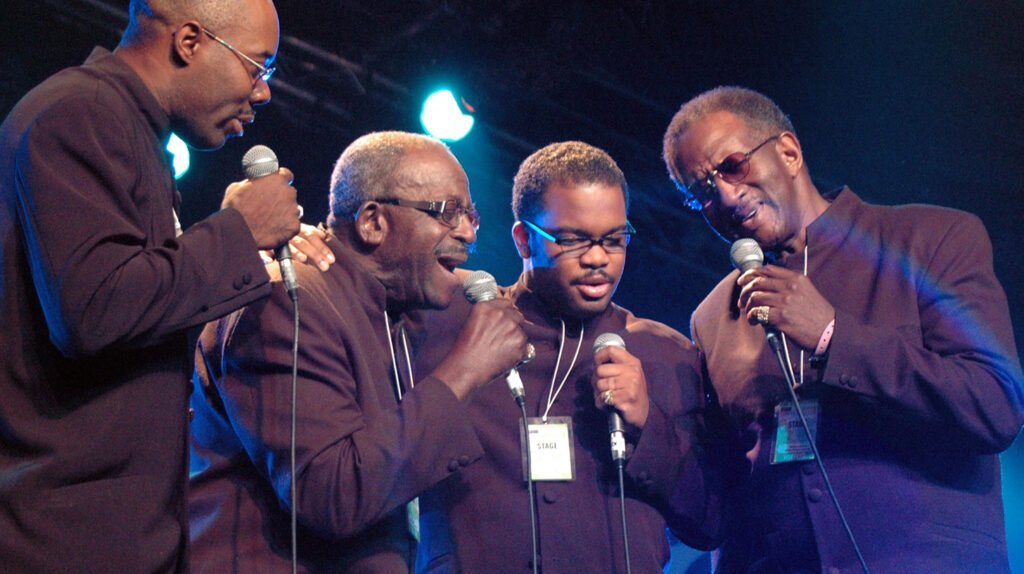“How did the Dixie Hummingbirds’ style of gospel music differ from that of their contemporaries? Can you provide one specific example of their innovative approach?”
They combined traditional spirituals with a bold, high energy performance style
The Dixie Hummingbirds stood out from their gospel contemporaries by combining traditional spirituals with a bold, high energy performance style that would lay the groundwork for later soul and R&B music. While many gospel groups of the time were more restrained and hymn-like, the Hummingbirds brought heat — vocally and physically — to their performances. They were known for their tight harmonies, syncopated rhythms and emotional improvisation and would often push the boundaries of what gospel was supposed to sound like.
One example of this is their 1942 recording of “Let’s Go Out to the Programs”. In it they combined call and response vocals with driving rhythms and what would become known as “trickeration” — rapid fire vocal runs, shouted interjections and tempo and pitch shifts. Lead singer Ira Tucker who joined the group at 13 was especially innovative. He would leap off the stage, fall to his knees mid song and stretch phrases in dramatic, almost theatrical ways. This kind of showmanship was rare in gospel at the time and would later influence James Brown and Sam Cooke.
In short the Dixie Hummingbirds didn’t just sing gospel — they performed it with fire, soul and daring creativity that would change the genre and inspire generations to come.
Sovic Chakrabarti, Director, Icy Tales
Infusing their gospel music with a level of energy and showmanship
The Dixie Hummingbirds stood out from their contemporaries by infusing their gospel music with a level of energy and showmanship that wasn’t typical for the genre at the time. While other quartets stuck to a more restrained approach, the Hummingbirds incorporated rhythmic drive and an improvisational flair into their performances. A key example of their innovation was lead singer Ira Tucker’s unique “shouting” style. He brought a raw, emotional intensity to his vocals, drawing on the traditions of rural preachers.
This included physically engaging with the audience, often running and slapping his legs, which broke from the usual static performances of other groups. Their ability to blend this high-energy delivery with tight harmonies helped them push gospel music into a new, more modern direction, eventually giving rise to the “hard gospel” sound that defined their legacy.
Nikita Sherbina, Co-Founder & CEO, AIScreen
